-
 Bitcoin
Bitcoin $106,754.6083
1.33% -
 Ethereum
Ethereum $2,625.8249
3.80% -
 Tether USDt
Tether USDt $1.0001
-0.03% -
 XRP
XRP $2.1891
1.67% -
 BNB
BNB $654.5220
0.66% -
 Solana
Solana $156.9428
7.28% -
 USDC
USDC $0.9998
0.00% -
 Dogecoin
Dogecoin $0.1780
1.14% -
 TRON
TRON $0.2706
-0.16% -
 Cardano
Cardano $0.6470
2.77% -
 Hyperliquid
Hyperliquid $44.6467
10.24% -
 Sui
Sui $3.1128
3.86% -
 Bitcoin Cash
Bitcoin Cash $455.7646
3.00% -
 Chainlink
Chainlink $13.6858
4.08% -
 UNUS SED LEO
UNUS SED LEO $9.2682
0.21% -
 Avalanche
Avalanche $19.7433
3.79% -
 Stellar
Stellar $0.2616
1.64% -
 Toncoin
Toncoin $3.0222
2.19% -
 Shiba Inu
Shiba Inu $0.0...01220
1.49% -
 Hedera
Hedera $0.1580
2.75% -
 Litecoin
Litecoin $87.4964
2.29% -
 Polkadot
Polkadot $3.8958
3.05% -
 Ethena USDe
Ethena USDe $1.0000
-0.04% -
 Monero
Monero $317.2263
0.26% -
 Bitget Token
Bitget Token $4.5985
1.68% -
 Dai
Dai $0.9999
0.00% -
 Pepe
Pepe $0.0...01140
2.44% -
 Uniswap
Uniswap $7.6065
5.29% -
 Pi
Pi $0.6042
-2.00% -
 Aave
Aave $289.6343
6.02%
Is it necessary to stop loss when the volume falls below the support level?
Low volume below support may signal weak selling pressure, suggesting a potential false breakout rather than a true trend reversal.
Jun 19, 2025 at 03:49 am
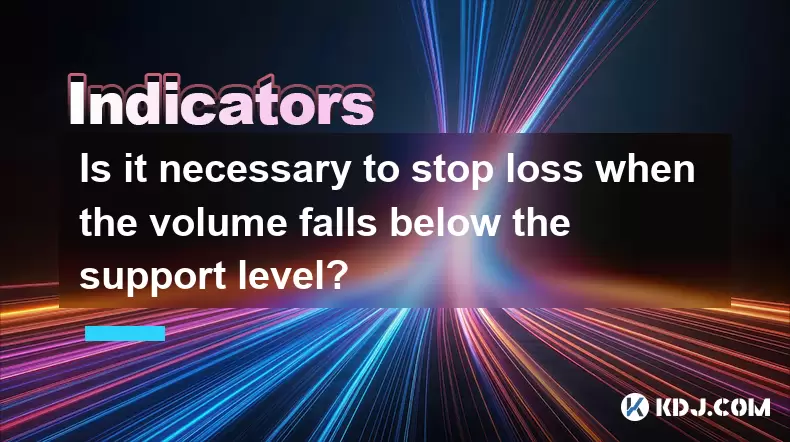
Understanding Support Levels and Volume in Cryptocurrency Trading
In cryptocurrency trading, support levels are critical price points where an asset historically finds buying interest. When the price approaches these levels, traders often expect a bounce or continuation of the existing trend. However, if the price falls below the support level, it can signal a shift in market sentiment. The role of volume becomes essential in such scenarios because it indicates the strength behind price movements.
A drop in volume when the price breaches a support level might suggest that the selling pressure isn't strong enough to push the price lower significantly. This can be interpreted as a potential false breakout. On the contrary, high volume during a breakdown typically confirms the validity of the move and increases the likelihood of further declines.
The Role of Stop Loss in Risk Management
A stop loss is a fundamental tool used by traders to manage risk and protect capital. It automatically closes a position when the price reaches a specified level, preventing further losses. In volatile markets like cryptocurrency, where prices can swing dramatically within minutes, having a stop loss is crucial for preserving investment.
However, determining whether to place a stop loss depends on various factors, including the trader's strategy, time frame, and market conditions. If the price drops below a support level but the volume remains low, it may not justify triggering a stop loss immediately. Traders should assess the context before making a decision.
Analyzing Volume Behavior Below Support Levels
Volume analysis plays a pivotal role in confirming price actions. When the price moves below a support level with low volume, it often suggests weak conviction among sellers. This could indicate that the breakdown is not genuine and may reverse shortly. In such cases, setting a tight stop loss might result in premature exits from potentially profitable trades.
Conversely, if the price breaks below support with high volume, it signals strong selling pressure and a higher probability of continued downward movement. In this scenario, activating a stop loss becomes more justified as the risk of further decline increases.
- Observe the candlestick pattern accompanying the breakdown.
- Compare current volume with average volume over the past 20 periods.
- Check for any news or macroeconomic events influencing the price.
Adjusting Stop Loss Based on Market Structure
Traders must consider the broader market structure before deciding on stop loss placement. A trend line break, key Fibonacci level, or moving average crossover can provide additional confirmation about the validity of a support breakdown.
For example, if the price breaks below a long-standing support level but aligns with a major moving average like the 200-day EMA, it might still offer a strong base for a reversal. In such cases, adjusting the stop loss slightly below the broken support rather than placing it right at the level can prevent unnecessary liquidation.
- Identify confluence zones where multiple technical indicators align.
- Monitor order book depth to gauge institutional participation.
- Use volatility-based stop loss methods like the Average True Range (ATR).
Practical Steps to Evaluate Stop Loss Placement
To determine whether to keep or adjust your stop loss after a support level is breached, follow these steps:
- Review Historical Price Action: Look at how the asset reacted in previous breakdowns near the same support level. Did it retest and bounce, or did it continue falling?
- Measure Volume Relative to Average: Calculate the average volume over the last 10–20 candles. If the breakdown volume is significantly lower than the average, it’s less likely to be valid.
- Assess Time Frame Relevance: Short-term breakdowns on lower time frames (like 15-minute or 1-hour charts) may not hold significance if the daily chart still shows bullish structure.
- Check for Divergences: Use momentum indicators like RSI or MACD to detect divergences between price and oscillator movement. Hidden bullish divergence may suggest a reversal even after a support break.
- Wait for Confirmation Candles: Don’t rush into decisions. Wait for a few candles to close below the support level before taking action. A single wick below support doesn’t confirm a breakdown.
Frequently Asked Questions
Q: Can I ignore stop loss placement if the volume is low?
While low volume may reduce the urgency of a stop loss, it’s not advisable to completely ignore it. Markets can change quickly, especially in crypto. Instead, consider widening the stop loss slightly to allow room for volatility without being stopped out prematurely.
Q: How do I differentiate between a real breakdown and a fake one?
A real breakdown is usually accompanied by high volume, bearish candlestick patterns, and follows through with further price declines. A fake breakdown typically sees rejection at the broken level, forming a pin bar or engulfing candle, often with low volume.
Q: Should I close my position manually instead of using a stop loss?
Manual trading requires discipline and constant monitoring. For most traders, especially those who cannot watch the markets constantly, using a conditional stop loss with volume filters is a safer approach.
Q: What tools can help me analyze volume effectively?
You can use tools like On-Balance Volume (OBV), Volume Weighted Average Price (VWAP), and Chaikin Money Flow (CMF) to better understand volume dynamics. Most trading platforms like TradingView or Binance offer these indicators built-in.
Disclaimer:info@kdj.com
The information provided is not trading advice. kdj.com does not assume any responsibility for any investments made based on the information provided in this article. Cryptocurrencies are highly volatile and it is highly recommended that you invest with caution after thorough research!
If you believe that the content used on this website infringes your copyright, please contact us immediately (info@kdj.com) and we will delete it promptly.
- BAY Miner & XY Miners: Unlock Daily Earnings with BTC, DOGE, and LTC Cloud Mining
- 2025-06-20 10:25:12
- Decoding the Aaluxx Myth: Maya Protocol and the Smart Economy
- 2025-06-20 10:30:12
- Binance Wallet, Exclusive Token, Launch: What You Need to Know
- 2025-06-20 10:45:12
- Semler Scientific's Bitcoin Bet: Bold Move or Risky Gamble?
- 2025-06-20 10:50:12
- SHIB Eyes on Whale Activity and Shibarium Upgrade: Will It Trigger a Reversal?
- 2025-06-20 10:50:12
- Crypto Bull Run Expert Prediction: Navigating the Generational Surge
- 2025-06-20 08:25:12
Related knowledge
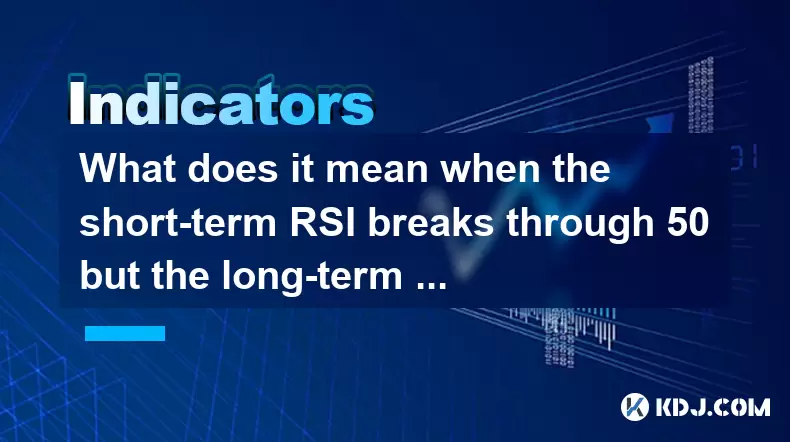
What does it mean when the short-term RSI breaks through 50 but the long-term RSI does not move in the RSI indicator?
Jun 20,2025 at 10:42am
Understanding the RSI Indicator and Its Dual-Term ApplicationThe Relative Strength Index (RSI) is a widely used momentum oscillator in technical analysis, primarily for identifying overbought or oversold conditions in an asset’s price movement. It typically operates on a scale from 0 to 100, with levels above 70 considered overbought and below 30 consid...
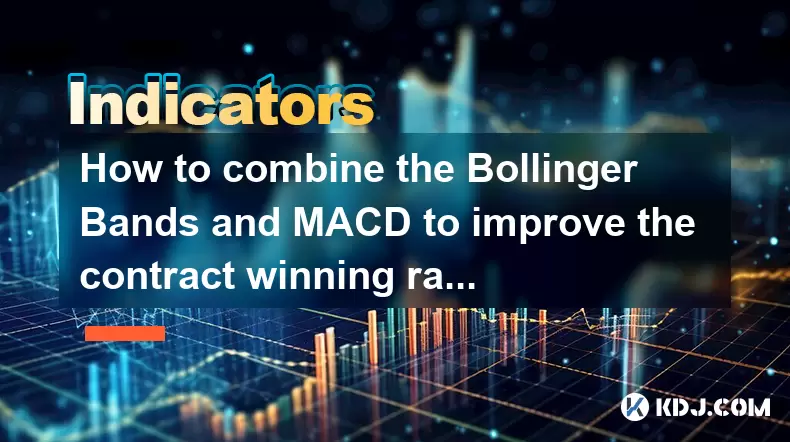
How to combine the Bollinger Bands and MACD to improve the contract winning rate?
Jun 19,2025 at 06:35pm
Understanding Bollinger Bands and MACD IndicatorsTo effectively combine Bollinger Bands and the MACD (Moving Average Convergence Divergence), it's essential to first understand what each indicator represents. Bollinger Bands consist of a middle moving average line and two outer bands that adjust based on market volatility. When prices move toward the up...
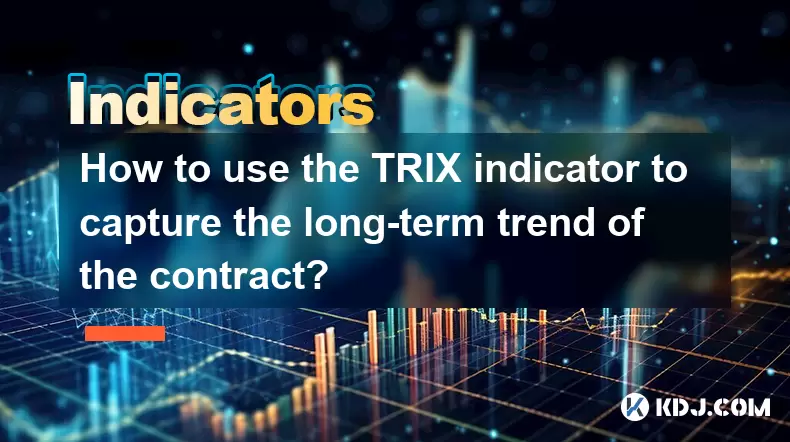
How to use the TRIX indicator to capture the long-term trend of the contract?
Jun 20,2025 at 09:14am
What Is the TRIX Indicator?The TRIX (Triple Exponential Average) indicator is a momentum oscillator used to identify oversold and overbought conditions, as well as potential trend reversals in financial markets. It is calculated by applying a triple exponential moving average to price data and then taking the percentage rate of change of that smoothed v...

How does the long lower shadow of the K line indicate the formation of the bottom of the contract?
Jun 19,2025 at 05:00am
Understanding the Long Lower Shadow in K-Line AnalysisIn cryptocurrency trading, K-line analysis plays a pivotal role in determining market sentiment and potential price reversals. A long lower shadow, also known as a long wick, is one of the most telling candlestick patterns that traders look for when assessing whether a bottom might be forming in a co...
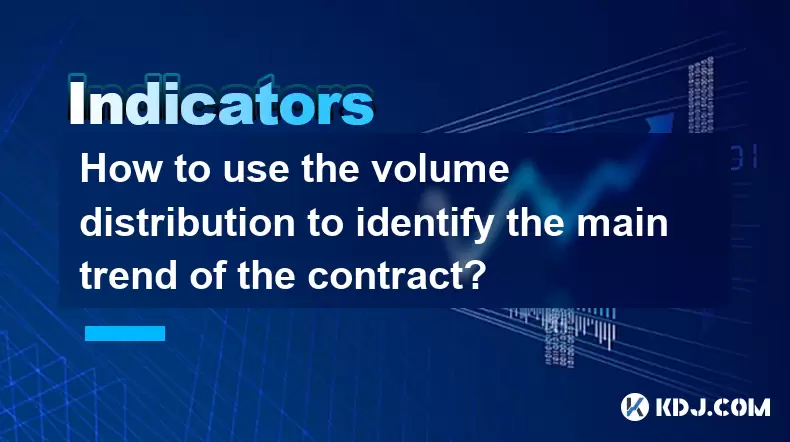
How to use the volume distribution to identify the main trend of the contract?
Jun 20,2025 at 03:56am
Understanding Volume Distribution in Cryptocurrency ContractsIn the realm of cryptocurrency trading, particularly within futures and perpetual contracts, volume distribution plays a pivotal role in deciphering market sentiment. Unlike spot markets, contract trading involves leveraged positions that can amplify both gains and losses. To navigate this com...
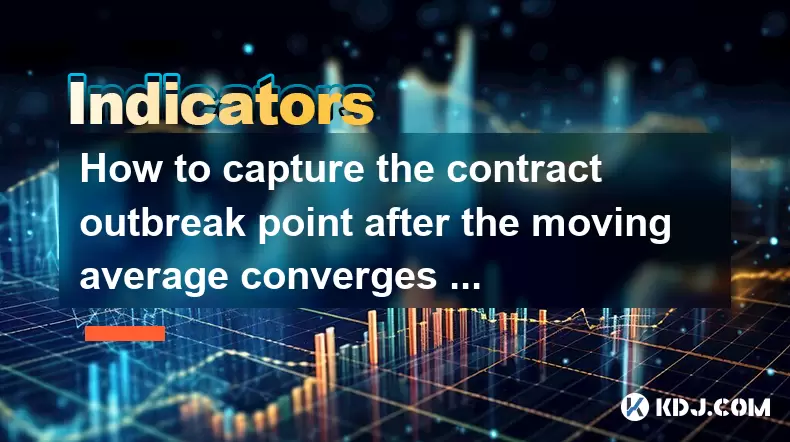
How to capture the contract outbreak point after the moving average converges and diverges?
Jun 19,2025 at 02:07pm
Understanding Moving Average Convergence and Divergence in Crypto TradingIn cryptocurrency trading, moving averages are among the most widely used technical indicators. The concept of convergence and divergence refers to how different moving averages align or separate over time. When short-term and long-term moving averages come together (converge), it ...

What does it mean when the short-term RSI breaks through 50 but the long-term RSI does not move in the RSI indicator?
Jun 20,2025 at 10:42am
Understanding the RSI Indicator and Its Dual-Term ApplicationThe Relative Strength Index (RSI) is a widely used momentum oscillator in technical analysis, primarily for identifying overbought or oversold conditions in an asset’s price movement. It typically operates on a scale from 0 to 100, with levels above 70 considered overbought and below 30 consid...

How to combine the Bollinger Bands and MACD to improve the contract winning rate?
Jun 19,2025 at 06:35pm
Understanding Bollinger Bands and MACD IndicatorsTo effectively combine Bollinger Bands and the MACD (Moving Average Convergence Divergence), it's essential to first understand what each indicator represents. Bollinger Bands consist of a middle moving average line and two outer bands that adjust based on market volatility. When prices move toward the up...

How to use the TRIX indicator to capture the long-term trend of the contract?
Jun 20,2025 at 09:14am
What Is the TRIX Indicator?The TRIX (Triple Exponential Average) indicator is a momentum oscillator used to identify oversold and overbought conditions, as well as potential trend reversals in financial markets. It is calculated by applying a triple exponential moving average to price data and then taking the percentage rate of change of that smoothed v...

How does the long lower shadow of the K line indicate the formation of the bottom of the contract?
Jun 19,2025 at 05:00am
Understanding the Long Lower Shadow in K-Line AnalysisIn cryptocurrency trading, K-line analysis plays a pivotal role in determining market sentiment and potential price reversals. A long lower shadow, also known as a long wick, is one of the most telling candlestick patterns that traders look for when assessing whether a bottom might be forming in a co...

How to use the volume distribution to identify the main trend of the contract?
Jun 20,2025 at 03:56am
Understanding Volume Distribution in Cryptocurrency ContractsIn the realm of cryptocurrency trading, particularly within futures and perpetual contracts, volume distribution plays a pivotal role in deciphering market sentiment. Unlike spot markets, contract trading involves leveraged positions that can amplify both gains and losses. To navigate this com...

How to capture the contract outbreak point after the moving average converges and diverges?
Jun 19,2025 at 02:07pm
Understanding Moving Average Convergence and Divergence in Crypto TradingIn cryptocurrency trading, moving averages are among the most widely used technical indicators. The concept of convergence and divergence refers to how different moving averages align or separate over time. When short-term and long-term moving averages come together (converge), it ...
See all articles

























































































